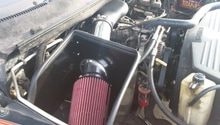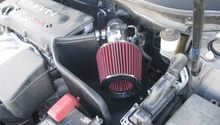Dodge Ram 1994-2008: Performance Modifications
The Dodge Ram is a beast of a truck, but sometimes, when you have the option of making it more beastly, you just might have to do it.
This article applies to the Dodge Ram 1500 (1994-2008).
One can never seem to have enough horsepower and torque on hand when using their Dodge Ram. The modern truck has become the vehicle of choice for many individuals as it can haul a decent payload, tow a trailer, and go off-roading, all while serving duty as a reliable daily driver. In the case of the second generation Dodge Ram, the truck has proven to be quite robust and stand a thrashing for several hundred thousand miles with only minimal maintenance. Not only is this a testament to the quality of the '94-08 Rams, but it also shows that Dodge left some performance on the table that is waiting the be unleashed. This article will outline some of the popular performance modifications related to the second and third generation Dodge Ram 1500.
Engine Modifications
One of the benefits of owning an older platform is that many of the subpar or poor modifications have been weeded out, and most of what remains are tried and true performance modifications that are proven to work. In the case of the second generation Ram 1500, there are a variety of bolt-on engine modifications that can improve performance and driveability without breaking the bank. When these bolt-on mods are combined, larger power increases can be had as the modifications often feed off of one another. A benefit of a bolt-on mod is that it can usually be quickly and easily removed if the need to revert your truck back to stock ever arises. On the other hand, if simple bolt-ons have not satisfied your horsepower cravings, several internal engine part swaps are available that can take your Ram to the next level.
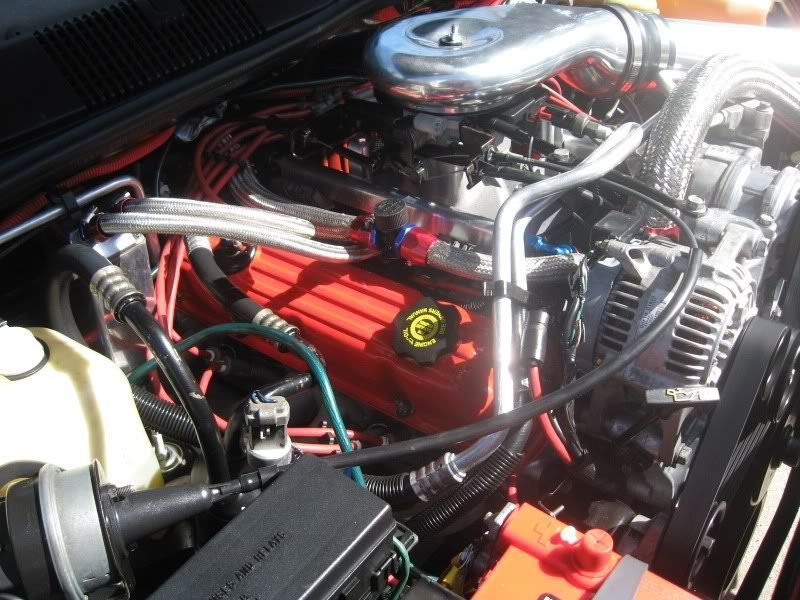
Cold Air Intake or Round Filter

DIY Cost – $50-400
Professional Cost – $100+
Skill Level – Easy: Can be accomplished at home with basic tools.
2nd generation Ram owners usually begin their performance modifications by replacing the stock airbox. There are a variety of choices available in both cold air intakes and traditional round filters that fit the Ram. While there is an ongoing debate as to which is the better air filter design, most agree that both styles allow significantly more air flow and better performance than the stock airbox. A cold air intake will typically replace the entire oem airbox setup in favor of a new cone air filter, unobstructed airbox housing, or a combination of the two. The incoming air is routed from the new filter/aibox to the engine's throttle body via a larger intake tube. A cold air intake often comes as a complete kit that fits in place of the old airbox and requires no modifications. Conversely, many truck enthusiasts have opted to install a traditional round filter and filter hat, and forget any type of airbox assembly. A round filter will require minor fabrication of an "S" bolt to hold the filter in place on the throttle body and a new breather for the engine valve cover, but is otherwise easily installed. Most owners choose a 14"x3" round filter for application on the Ram. The general consensus is that a cold air intake will provide a bit more low end and mid-range power, whereas the round filter has better top end performance. While there is little evidence that either of these provide a significant horsepower gain, many owners report improved throttle response and a more aggressive intake sound. Recommended for the owner who desires a basic mod for a cleaner more efficient breathing engine.
Exhaust

DIY Cost – $75-800
Professional Cost – $200+
Skill Level – Easy to Difficult: While most exhaust components can easily be swapped, fabrication may be required if mixing different components.
Another large restriction on all Gen 2 Ram trucks lies in the exhaust system. The exhaust system is composed of the exhaust manifolds, mid-pipe, and muffler. Depending on the level of upgrades one is considering when modifying their truck, replacing the stock exhaust manifolds with a set of headers may or may not be necessary. While headers will improve the scavenging of exhaust gases out of the cylinders and are a must for maximum performance, good gains can be had by replacing the restrictive factory y-pipe that bottlenecks the exhaust flow. Most recommend 2.5" diameter mid-pipes coupled with less restrictive aftermarket mufflers to provide a good compromise of low-end torque coupled with improved horsepower. Similarly, cat-back and full exhaust systems (headers to mufflers) are available that will bolt right onto the truck without any guesswork of modification. The beauty of exhaust systems is that components can be mixed and matched to achieve the desired performance characteristics of each individual. While horsepower and torque increases are difficult to gauge for specific exhaust upgrades, gains of 5-15% can be had depending on if a full or partial system has been installed as well as other supporting mods already installed on the truck. One thing is for certain; an improved exhaust note accompanies upgrades to the exhaust system. Recommended for the owner who wants a little more power and a new exhaust tone to go with it.
Throttle Body
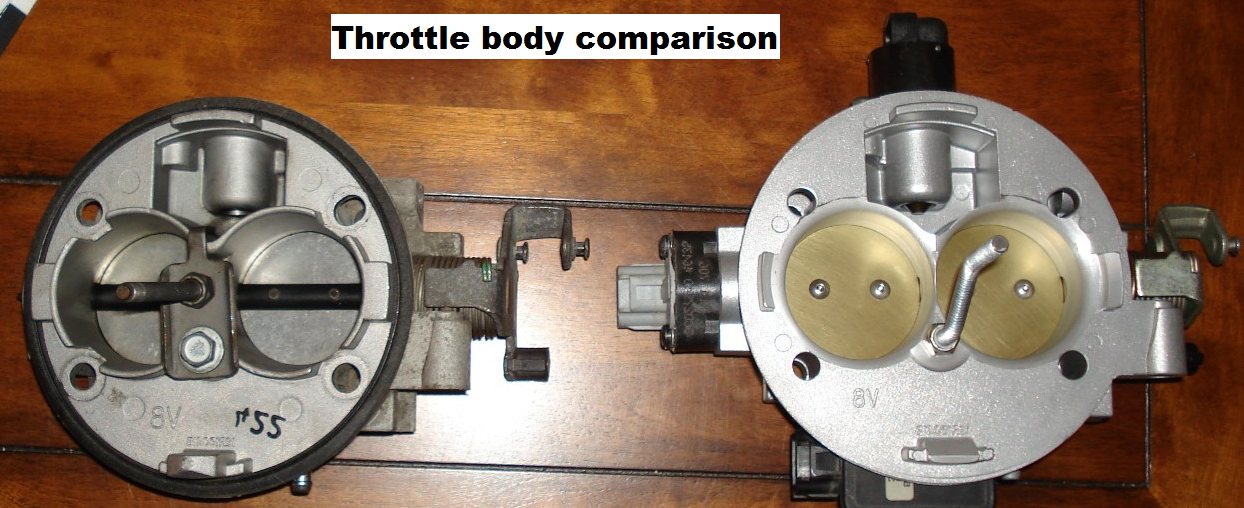
DIY Cost – $150-300
Professional Cost – $200+
Skill Level – Easy: Can be installed with basic tools.
An area where owners have found impressive improvements for a relatively cheap price has been the throttle body. An aftermarket or modified throttle body will optimize airflow into the engine thus improving performance. Most individuals who have installed a throttle body express a massive improvement in throttle response. Whether this is the first mod on your list, or coupled with other mods, a new throttle body can be had in varying sizes depending on intended use. On V8 models, throttle body manufacturers and tuners recommend sticking with a 50-52mm throttle body for a mild to moderately modified truck, and a 53mm or larger throttle body for a heavily modified engine (cylinder heads and cam upgrades). Generally, it is better to stick with a smaller throttle body if your truck is used for towing, as a larger throttle body will usually have a tradeoff of more top-end power at the sacrifice of low-end torque. That being said, several dyno charts are floating around the internet from trucks that have gained 15 horsepower and 20 Ft/lbs torque by simply slapping on a new throttle body. Recommended foe the owner who wants a bare bones mod that will benefit in better throttle response.
PCM Tuning
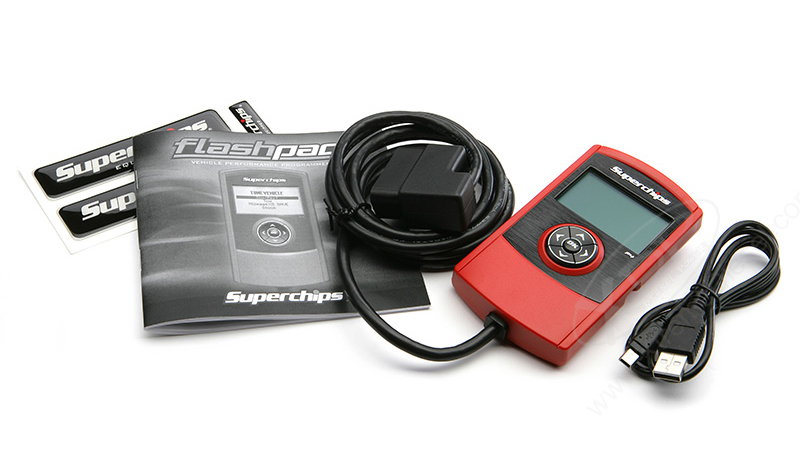
DIY Cost – $300-400
Professional Cost – NA
Skill Level – Easy: Can be completed without any tools.
Whether your truck is completely stock or has a number of modifications, a PCM tune can unleash additional power. Simply put, the powertrain control module (PCM) is the brain of the engine and is constantly monitoring and making changes to things like fuel trims and ignition timing. Manufacturers typically use settings that will allow for maximum reliability while meeting emission standards. Unfortunately, this leaves a lot of untapped potential in the engine that cannot be otherwise unleashed. A PCM tuner simply plugs into the on board diagnostic port and remaps various tables in the PCM. Many tuners allow the owner to swap in different tunes at anytime depending on if they are going to use their truck to tow or hit the drag strip. Individuals also report tunes that optimize performance for various fuel grades. For owners with moderate to heavy modifications, tunes can be created to take advantage of all the performance modifications installed on the truck. Dollar for dollar, most agree that this is hands down the best modification that can be done for the Gen 2 Ram. Recommended for the owner who wants to give their Ram a wake up call and re-set the brain of the truck.
Rocker Arms and Camshaft

DIY Cost – $200+
Professional Cost – $500+
Skill Level – Moderate: Requires the replacement of internal engine components.
If bolt-on modifications have run their course and you are still looking for extra performance, a set of rocker arms and/or a camshaft are fairly straightforward mods that can be installed without getting too deep into the engine. Easier than installing a camshaft, replacing the rocker arms with those of a different ratio will slightly vary the lift of the intake and exhaust valves. In short, this changes the opening of the valves and can allow an engine to breathe a bit better. It is reported that a new set of rocker arms will add between 10-20 horsepower. If you are comfortable digging into the engine a bit deeper, the installation of a camshaft can further improve performance. Similar to changing rocker arm ratios, a new camshaft will vary the lift and duration of the valves. Duration has a large impact on torque and horsepower. Generally speaking, a camshaft with a longer duration will increase top-end horsepower while sacrificing low-end and mid-range torque. Conversely, a short duration will boost the torque, but cause the engine to run out of breathe at higher rpm. A lot goes into choosing a camshaft as there are different lifts, durations, lobe separation angles, etc. that will be best suited for a given application and driving style. Furthermore, a camshaft can be paired with new rocker arms and valve springs making for endless performance combinations. Recommended for the owner who wishes to get into the engine and start to mod the internals for power.
Related Discussions
- CAI or 14x3 - DodgeForum.com
- 14x3 Round Edelbrock Air Cleaner Question - DodgeForum.com
- Best Aftermarket Exhaust?- DodgeForum.com
- 5.2L Mods and Upgrades - DodgeForum.com
- PCM Update or Tuning - DodgeForum.com

